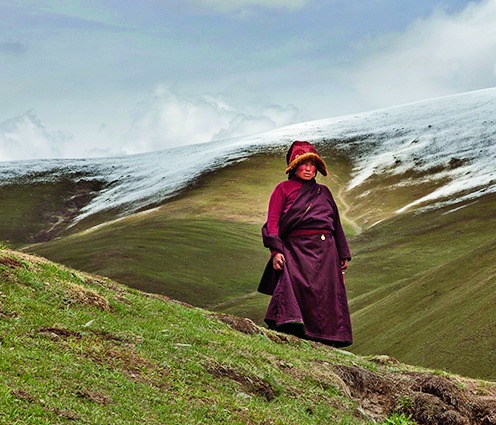
OLD DEMONS, NEW DEITIES: CONTEMPORARY STORIES FROM TIBET Edited by Tenzin Dickie,Navayana, Rs 450
One of the most enriching, comforting even, aspects of reading literature is finding in it a reflection of oneself. Tibetans - both the ones in exile and the ones living in 'liberated' Tibet - have, for long, been denied this salve. In spite of its millennia-long history, Tibetan literature remained a sub-branch of knowledge taught only in monastic institutions. The Buddhist zeal to eliminate desire - can there be literature without it? - combined with the enthusiasm of the Chinese to reshape the contours of Tibet widened the gap between common people and literature.
Tenzin Dickie traces the fascinating history of the alienation of Tibetans from their literature in the poignant Introduction to Old Demons, New Deities, her conversational tone and lucid language making up the best part of the book. The representational void, she says, impelled her to put together this collection to show how ordinary Tibetans are "navigating the space between tradition and modernity, occupation and exile, the national and the personal".
Each story is a clever sleight of hand, delightful and disturbing in equal parts. On the one hand, the tales are brimming with prelapsarian images - a sarus crane soaring heavenwards from the marshes in the dead of the night, a shaggy snow lion that only the purest of hearts can see, a nine-eyed agate stone and so on - which lend to them a dream-like quality. On the other hand, the tales are steeped in the inescapable pathos of the literature of exile. Home is never permanent for the characters; be it through a cruel twist of fate or of one's own volition, the characters are always moving from one place to another in search of roots.
The most touching story is "Nyima Tsering's Tears" by Woeser. A lama, who is also a member of the Standing Committee of the People's Assembly in Lhasa, is sent by the communist government to Norway to prove to the world that Tibetans have human rights. While in Norway, the lama runs into Tibetans in exile whose accusatory words cause in him an indescribable turmoil. In bringing the exiled face to face with a Tibetan who chose to stay behind - in the lama's own words, "If we all leave, to whom will Tibet be left?" - Woeser reveals the layered nature of the Tibetan conflict. The enemy is both within and without.
These are stories of a liminal people; stuck in limbo between a tradition that lies behind them and a modernity that they are being pushed into. Carefully curated and beautifully translated, Old Demon, New Deities serves a dual purpose. It opens a wondrous window onto the fabled rooftop of the world, building on the sense of mystery that envelopes it. But it also challenges conventional depictions of the land of the lamas. Dickie describes the collection she has put together as a "coming out" of Tibetan literature. It can equally be called the coming into its own of contemporary Tibetan fiction.










